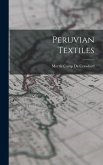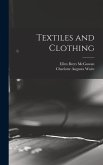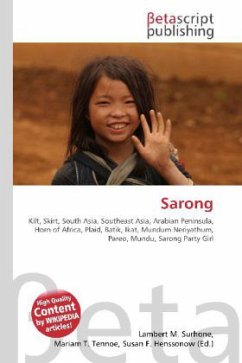Ikat Textiles of the Indonesian Archipelago offers a comprehensive overview of the profusion of ikat styles found across Indonesia, and is the first detailed reference book on the subject. Assessing Peter ten Hoopen's Pusaka Collection from a scholarly point of view, it is worth acknowledging how it illustrates the concept of 'unity in diversity', which the young state of Indonesia chose as its motto upon independence. Here, the interwoven-ness of styles from neighbouring island regions matter, as do their marked individuality and idiosyncrasies. Moreover, it allows for the study not just of the people's finery, but of their everyday clothing. An ironic illustration of the effect of this collecting method comes from Ili Mandiri on Flores. As its dark red bridewealth sarongs have been prized and venerated by the local population, this is what most sophisticated collections have aimed to obtain. The simple but lovely indigo sarongs for everyday use have been almost entirely ignored by collectors; hence, they nearly always end up worn to shreds and very few survive. What knowledge is conserved about ikat textiles and their use in the Indonesian archipelago consists primarily of the records of missionary and scientific fieldwork, predominantly compiled by non-Indonesians. The coverage is thin--many weaving regions are covered by only one or two sources, and several regions have never been studied in detail. Much traditional knowledge is being lost, especially in the more remote island regions in the Indonesian archipelago, which require a concerted effort if any trace of their culture is to survive. UMAG hopes to contribute to the broader project by means of this publication, which shows ikat culture through a close reading of examples from over fifty weaving regions and an introduction to the conditions, beliefs and customs of the various peoples who have created and used them.








